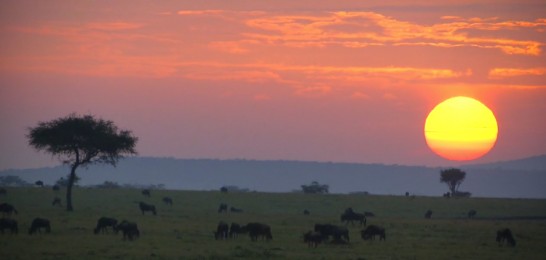
The movement to establish new wildlife conservancies beyond the parks is an important and positive step in providing a safe haven in which wildlife can increase.
The renowned elephant conservationist Cynthia Moss has written recently:
“The establishment of the conservancies in Kenya has been the single most successful conservation initiative since the creation of national parks in the 1940’s. Conservancies protect land for Kenya’s wildlife and even more important create sanctuaries of safety. In addition conservancies bring benefits in the form of direct payments and jobs to the people who share the land with wildlife”.
Video clip: Elephant herd in Ol Kinyei Conservancy – a safe haven
The main reason for declines in wildlife globally, and in Kenya, is the massive increase in human population in the past 40 years which means that human activities now have a far greater impact on wildlife habitat and the environment than ever before!
100 years ago the human population in the world was under 2 billion, today it is over 7 billion, by 2050 it will be over 9 billion. In 1970 there were half as many people on earth as today! As a result of the huge increase in humans there is growing pressure for land, so habitat for wildlife is disappearing rapidly and we are seeing many animal populations decline to the point of extinction when there is no safe habitat left for them on planet earth!
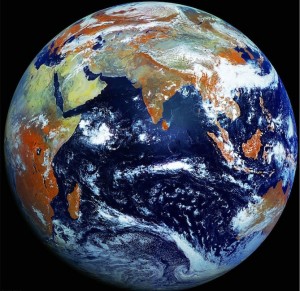
Recent research published in Science magazine suggested the rate of extinction in the world is now thousands of times higher than before Man appeared on earth.
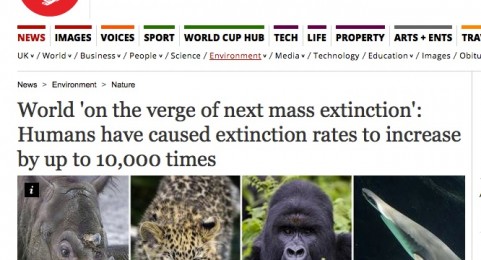 >
>WWF says that Earth has lost half of its wildlife in the past 40 years and in its new Living Planet Index produced in collaboration with the London Zoological Society (ZSL) it states that global loss of species is worse than previously feared. Europe and the developed countries have already lost much of their wildlife and today wildlife populations are dwindling most rapidly in the world’s tropical regions, according to the report. The tropics have seen a 56 percent reduction in the index of more than 3,000 populations, which include 1,638 species, over the past 40 years.
The 3 main causes of the disappearance of wildlife in Kenya are all as a result of human activities:
1. HABITAT LOSS – human settlements and fencing in former wildlife habitat.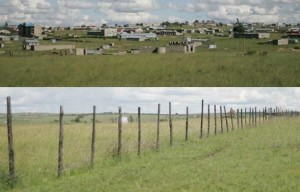
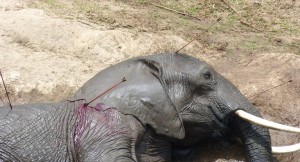
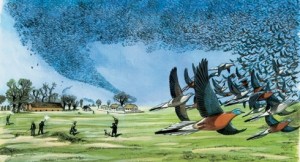
OVER-EXPLOITATION of wildlife species – this virtually wiped out the North American Bison:
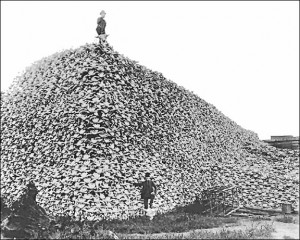
For the rhinoceros, the situation is critical – it’s almost too late:
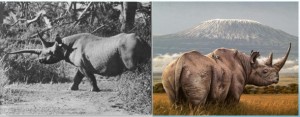
The action needed to prevent extinction of elephants, rhinos and other species of wildlife in Kenya:
The Conservancy concept was initiated as one of the solutions to stop the increasing losses of wildlife populations in Kenya outside the parks where previously a large proportion of wild animal species were to be found. The conservancies create new areas of protected habitat exclusively for wildlife on additional land adjoining the existing parks and reserves. However this cannot be done unless the communities who own the land to be set aside as wildlife conservancies can derive income and benefits from allowing this to happen which match or exceed alternative forms of land use.
Some of the first people to organise wildlife safari tourism on Maasai community lands outside the parks were Willie Roberts with Paramount Chief Lerionka Ole Ntutu at Ol Choro Oiroua who formed an association in 1993 to allow Maasai landowners to earn an income from tourism on their lands and Richard Bonham who established a lodge on the community-owned Mbirikani Ranch. Earlier on, in Laikipia the Craig family at Lewa Downs and the Dyers at Borana also pioneered the development of wildlife conservancies on what had previously been cattle ranches and Ian Craig has worked with pastoralist communities in the Northern rangelands of Kenya to conserve wildlife within a vast area.
Starting with 14,000 acres at Selenkay Conservancy in Amboseli and 8,000 acres at Ol Kinyei in the Mara (which subseqently expanded to 18,000 acres) , our model was based on a minimum size of 8,000 acres, exclusively for wildlife and with limits on the tourism density by setting a maximum on the number of tents and vehicles allowed in the conservancy. Following this we were involved in co-operating with other tourism partners and Maasai landowners to set up Olare Orok, Motorogi and Naibosho Conservancies based on our models. This has created a new conservancy movement that has led to more wildlife conservancies being established on similar lines, such as Mara North and Olderkesi.
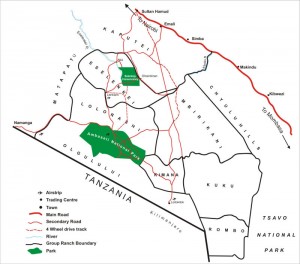
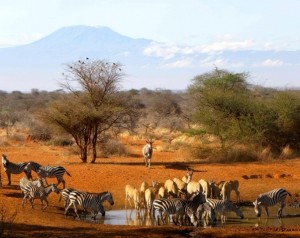
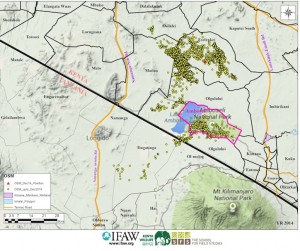
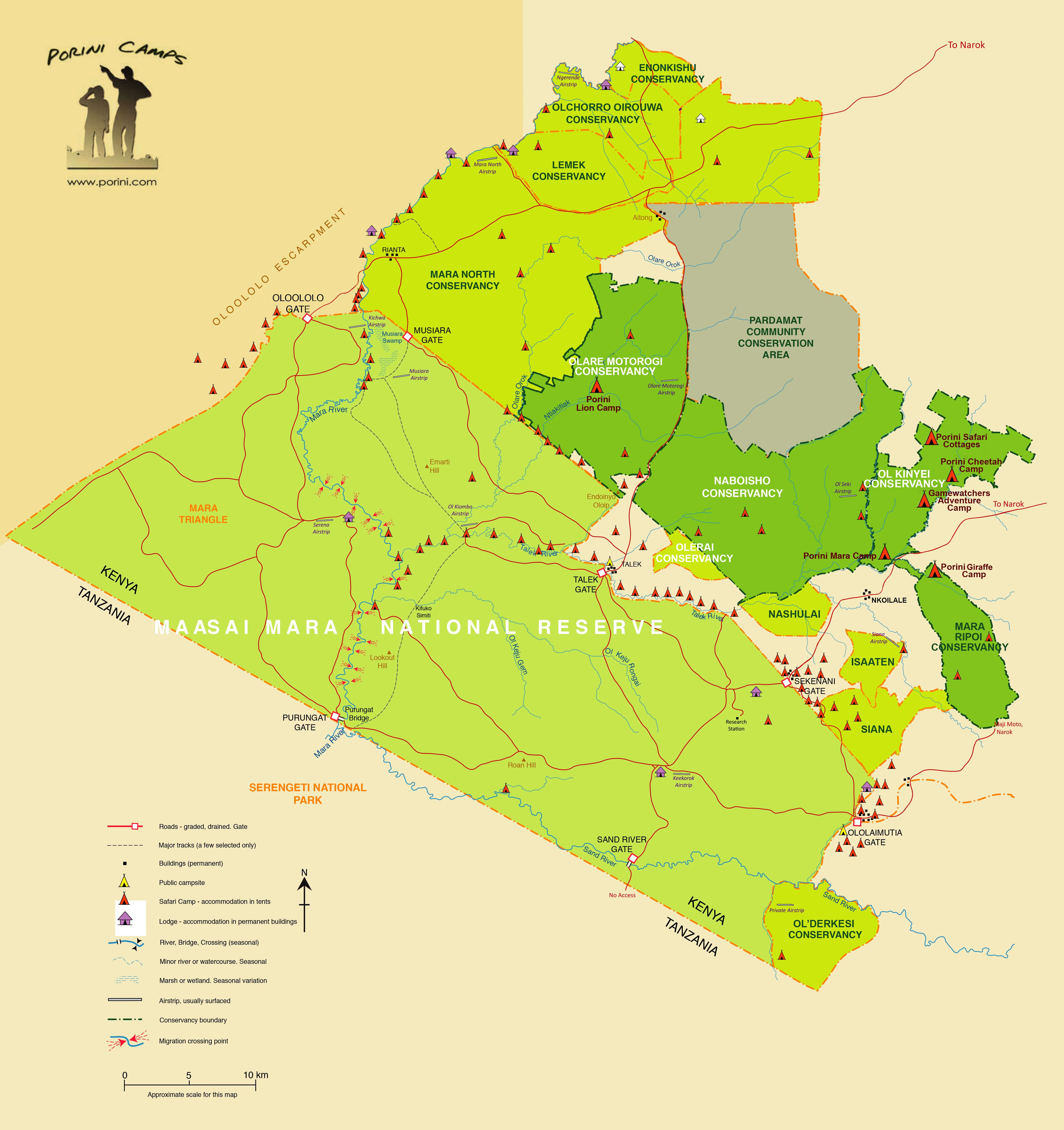
View across the plains in Olare Motorogi Conservancy
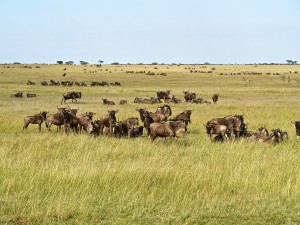
Guest tent at Porini Lion Camp in Olare Motorogi Conservancy
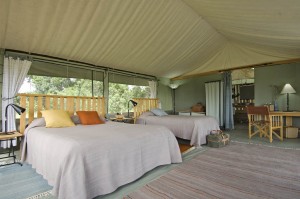
————————————————–
More information on the Conservancies in the Mara and where to stay:
Choose a camp in one of the conservancies where tourism income goes towards the costs of leasing the land as protected wildife habitat and help to make a difference!
on Thursday 19th March 2015 at 12:09



